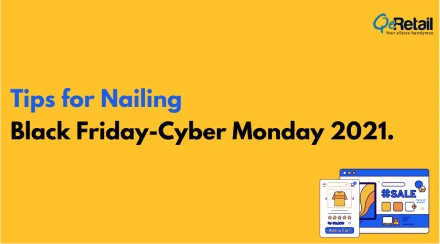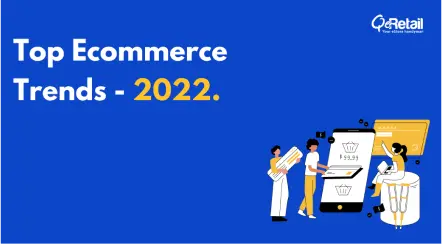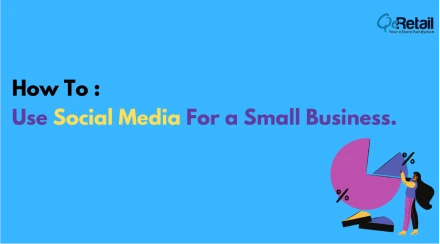In today’s digital-first world, the task of being seen and heard is as challenging as ever. Every day, a newer development is surpassing existing trends, and for business owners – staying in the loop of things is the only way forward.
As businesses across the globe continue to set out on their mission to expand their visibility, social media is one phenomenon that has seemingly come to everyone’s rescue. With its accessibility, reach and a constant presence at the back of all our phones – the medium has evolved brilliantly since its inception.
At present, the active global social media population stands at 4.55 billion. This suggests that 9 out of 10 internet users today are active on social media. Out of this, some of the key players in the sphere of social media consumption remain Facebook, Instagram and Whatsapp.
These social giants have made next to anything possible with a single tap – be it mobile shopping, setting up a business, or enabling brand owners to expand their online presence across wider channels. Social platforms have not only made it easier for audiences to find and interact better with brands, but also brands to find better ways to keep their customers engaged.
It’s no more an overwhelming task to market yourself creatively as a business, and do something new each day.
Coming to small businesses, social media works as a great enabler towards building more active, long-standing equations with customers. The medium not only lets you represent yourself better, it has now made way for your customers to shop directly through your social channels.
Gone are the days when it required a team of marketing professionals for brands to reach out to their audience. The ease-of-use and ever growing scope of social media has empowered businesses of any size to carve their own niche. Now anyone can open up an account, create content and start selling their products too – all on their mobile phones.
Still, the question remains – is that all there is to social media?
The straight answer is no, absolutely not.
There’s a lot to be learnt and unlearnt when setting out on social media. Old tricks from the hat need to go, and the space to learn something new must always be created.
In this article, we’ve listed down a bunch of helpful tips and tricks for small businesses, or businesses of any size for that matter – to win big on social media.
Read ahead to learn more!
Start with a Plan –
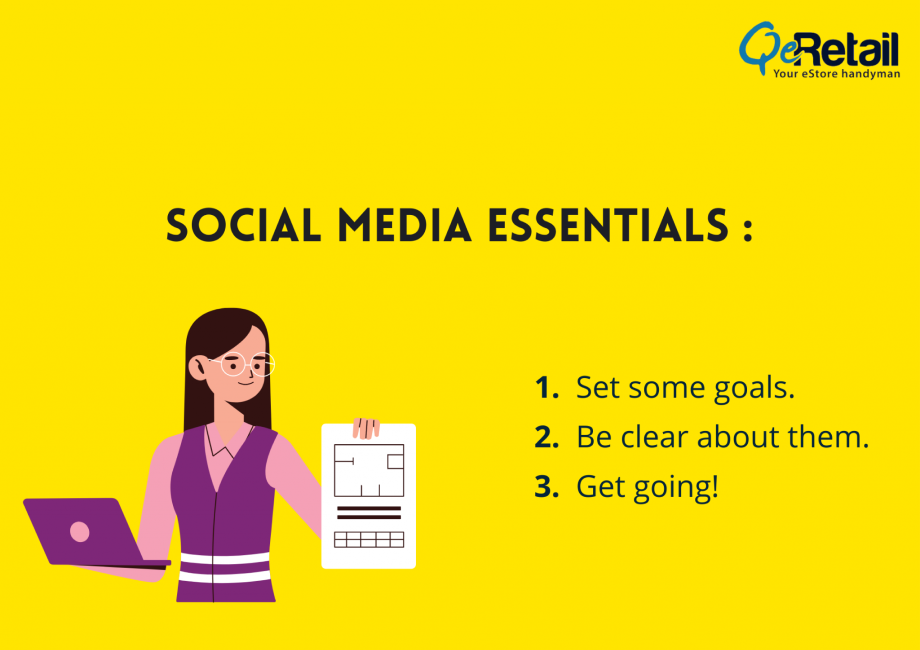
First things first, always start with the groundwork.
A good social media outlay requires you to look inwards and decide on what the problem areas of your brand are – whether it’s inconsistency, or an ill-timed campaign, or the quality of your content – it’s important to see what you’re missing out on before you start afresh.
Social media is an ever-evolving game, and the one trick that doesn’t go old here is to keep adapting to the changes. Whatever your social media planner may look like – it should be just as flexible too.
While it’s a task to stand out on socials, making the big leap isn’t as tough as it sounds. The task is to capitalize on the right kind of content at the right time. Planning your content in advance and creating a schedule beforehand only makes the task easier.
Having a plan that highlights exactly what you want to achieve through your social media channels makes it easier for you to achieve your goals. A well-thought plan also lets you save time and efforts and channel them in the right direction.
Before you set out with elaborate content plans, start by having clarity on what you’re trying to achieve through your social media presence in the first place.
Is it better visibility? A wider reach? More followers? Or simply a more open-ended way to express your brand?
Be clear with your goals.
Know who you’re conversing with –

Before you start posting away, have you given thought to who your audience really is? Who are you posting for? What’s your content doing for them?
Is it solving a purpose, or is it simply entertaining? Is there a way in which you can do both?
Before you decide on the quality of your content, you need to make sure you know your audience. Their likes-dislikes, what they’re looking for out of your content, and if they’re actually even paying attention.
Next, when you set out to converse with your audiences through social media – be sure to strike conversations that make a difference.
It could be through something informative, or entertaining, or simply inquisitive – but make it a point to make your social posts meaningful.
Every brand/ individual who’s mastered the game of social media knows that they’re catering to a certain niche of audiences, and they can’t be everything to everyone. Every brand picks it’s own audience – which is a great practice in order to set yourself apart from everyone else.
There’s a fair chance that your content is of great quality, but it’s not getting across to the right people – which is a waste of time and effort. What can you do about it?
Here’s some pointers that can help you identify your audience behaviors better :
-
Identify buyer personas.
Creating buyer personas is a great way to understand your customer base better. This can be done by putting in the research into identifying your buyer’s psychology and demographics.
Like – age, income group, likes/dislikes, spending patterns etc.
Your analytics and campaign metrics are key to understanding these patterns better, and then devising content in a way that addresses your audience’s pain points.
-
Find out where your audiences spend most of their time online.
The next step is to study which social channels are being most used by your audiences. Currently, a better part of Instagram’s active user base is dominated by the younger lot. Conversely, Facebook has more of a middle-aged and older audience.
Find out who you’re targeting, and then see which social media platform they’re most active on. Doing this helps you direct your content better – to the right people, across the right places.



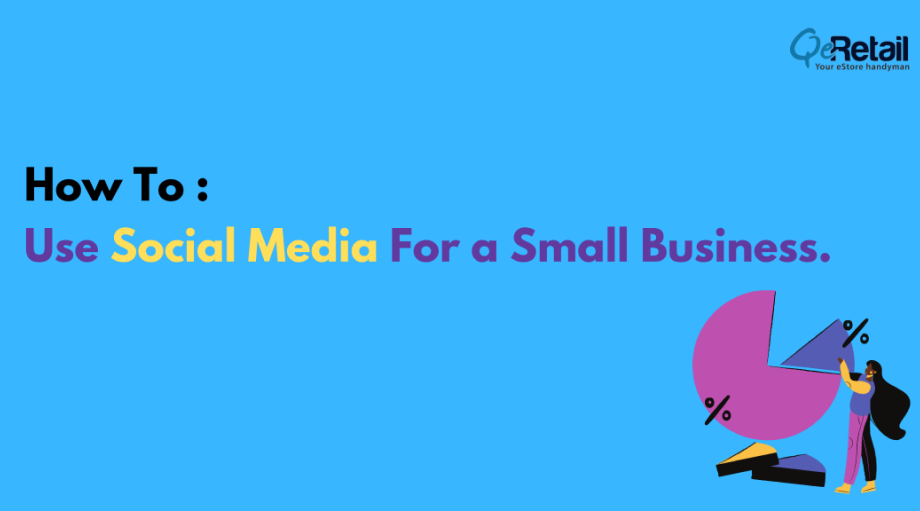

 Previous Post
Previous Post